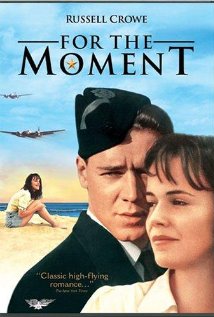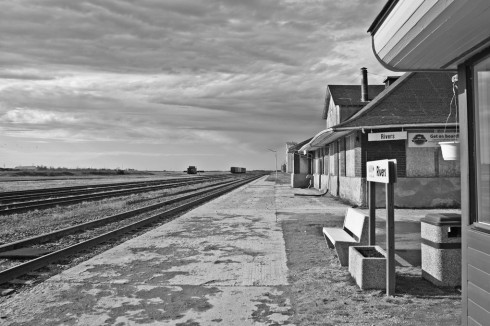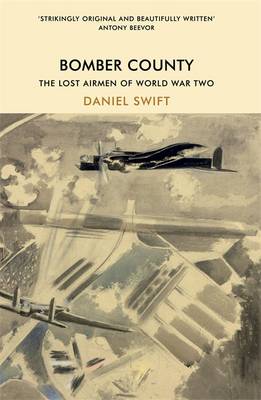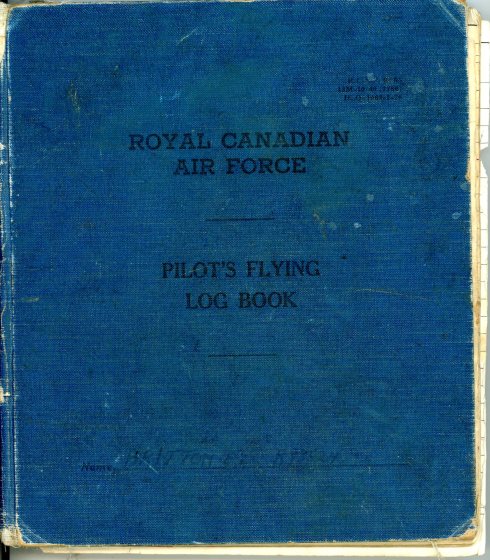Read the Red Deer Express’s article about the demise and hauntings of CFB Rivers. 18 August 2010.
Monthly Archives: November 2011
For the moment
 For the Moment is a 1993 film written and directed by Aaron Kim Johnston and starring Russell Crowe and Christianne Hirt. The plot revolves around airmen training in rural Manitoba, Canada, with the British Commonwealth Air Training Plan. The main focus of the story is the wartime romance between Russell Crowe’s character and a local girl.
For the Moment is a 1993 film written and directed by Aaron Kim Johnston and starring Russell Crowe and Christianne Hirt. The plot revolves around airmen training in rural Manitoba, Canada, with the British Commonwealth Air Training Plan. The main focus of the story is the wartime romance between Russell Crowe’s character and a local girl.
Johnson was inspired to write the screenplay based on the stories of his father who was an instructor and bomber pilot in the war, and his mother’s experiences as a young woman on the home front.
With principal photography taking place over August–September 1992, one of the first jobs for the production was to scout possible locations. The film was shot at former Royal Canadian Air Force stations in Manitoba used during the War, including Brandon Airport and Rivers itself.
Although there isn’t much flying in the movie, it gives a good sense of the locations. It’s possible to watch clips and match them against images from the bases. The brightly painted barracks at Rivers still feature on the town’s website. It probably falls under the category of a ‘romance’ more than anything else, but the beautiful scenery and the yellow Harvards and Ansons offer an emotive glimpse into Earle’s world.
Flying in Rivers
 Earle Britton was born on the Canadian prairies in a bleak little town called Rivers, Manitoba.
Earle Britton was born on the Canadian prairies in a bleak little town called Rivers, Manitoba.
The Town of Rivers, named in honour of The Grand Trunk Pacific Railway’s president Sir Charles Rivers-Wilson, was conceived when the railway was being planned and a division point was required. Construction of the roundhouse, coal shed, water system and repair shops began in 1907. The needs of the 350 railworkers and their families were met by the construction of houses and businesses. In 1911 the settlement had grown to village size and was incorporated as a town in 1913. Earle’s father worked as a locomotive foreman for the railway.
Earle’s logbook doesn’t include any mention of his earliest training (his first entries date after his transfer to High River, Alberta), but perhaps it was inevitable that he would be drawn into the air. In reading records of Rivers, it seems that there were two definitive forces that shaped the town: the railway and the RCAF.
The Federal Government established a Central Navigational School known as #1 CNS just south of Rivers, near the city of Brandon. It was opened under the British Commonwealth Air Training plan. It quickly grew and with the construction of runways became an air-training base. Closed at the end of hostilities, it was reopened in the late 1940’s and became a Joint Training base with all three of the military branches represented. This base was considered redundant in 1968 and closed in 1969/70.
The base didn’t officially open until 1942, so it’s unlikely that it was the location of Earle’s initial training (as we pick up his log book in 1941). I suspect he may have made his start at Brandon itself before moving further West to Alberta. However, I think about his family, left behind in Rivers, watching aircraft come and go, wondering if their youngest son would ever make it home.
Bomber County
 “In bombers named for girls, we burned/ The cities we had learned about in school –/ Till our lives wore out.”
“In bombers named for girls, we burned/ The cities we had learned about in school –/ Till our lives wore out.”
-Randall Jarrell, a flying cadet and navigator in the USAF
Out of necessity, this blog has been quiet for a few months. Remembrance Day seems like a fitting moment to recapture the momentum and coax this project to its conclusion.
Having now amassed a good amount of original research materials, it is finally time to focus specifically on my grandfather- with one last, fitting book review to send us on our way.
Daniel Swift, a journalist and academic in his mid thirties, sets out to discover the fate of his grandfather. He begins his story with the knowledge that in June 1943, James Eric Swift, a pilot with 83 Squadron of the Royal Air Force, boarded his Lancaster bomber for a night raid on Münster and disappeared. He dedicates his book to his father, three years old when the airman – his father – died.
Swift’s book is part literary readings, part history and part personal memoir.
In researching the life of his grandfather, Daniel Swift becomes engrossed in the connections between air war and poetry. A narrative of the author’s search for his lost grandfather through military and civilian archives and in interviews conducted in the Netherlands, Germany and England, Bomber County is also an examination of the relationship between the bombing campaigns of the Second World War and poetry, an investigation into the experience of bombing and being bombed and a powerful reckoning with the morals and literature of a vanished moment.
Swift begins with the poet Robert Graves’s prediction, in 1941, that “no war poetry can be expected from the Royal Air Force”.
Inside a shoebox holding his grandfather’s Distinguished Flying Cross and other remnants, Swift uncovers a book called Air Force Poetry. It contains verse written by serving pilots. “I have never read a more mortal book than this one,” notes Swift. Of the 33 airmen who contributed to it, six had been killed by the time it was published
To Swift, there is “a special kinship between poetry and bombing”. The air crew’s story is a version of the oldest epics of battle: the British bomber pilot is both the soldier of The Iliad, burning the topless towers, and Odysseus, struggling against the odds to make it back to his island home.
Aerial bombardment was to the Second World War what the trenches were to the First: a shocking and new form of warfare, wretched and unexpected, and carried out at a terrible scale of loss. Just as the trenches produced the most remarkable poetry of the First World War, so too did the bombing campaigns foster a haunting set of poems during the Second.
Although using poetry to fill in the spaces between the dry, archival records seems the perfect way to add depth to this history, I found the excerpts discussing his grandfather the most compelling. I sped through the poetry to encounter the next episode in his grandfather’s life.
Journalist David Herman nicely summarises the impact of the book: ‘...the real achievements are [Swift’s] own – the illuminating details and readings, the eye for the telling absence, the awareness of the importance of fantasy and myth in people’s versions of history.’
For my own work, it also releases me from the pressure of writing sympathetically or creatively. The more I discovered, the more I felt I needed to bind the information into a expertly written narrative. Although Swift writes very well indeed, the quiet facts and thoughtfully research details carry the weight of the story. I’ll leave the poetry to a better writer and will let the crumbling logbook of WO E.L. Britton speak for itself…
Read reviews of Bomber County in The Observer and The Independent


